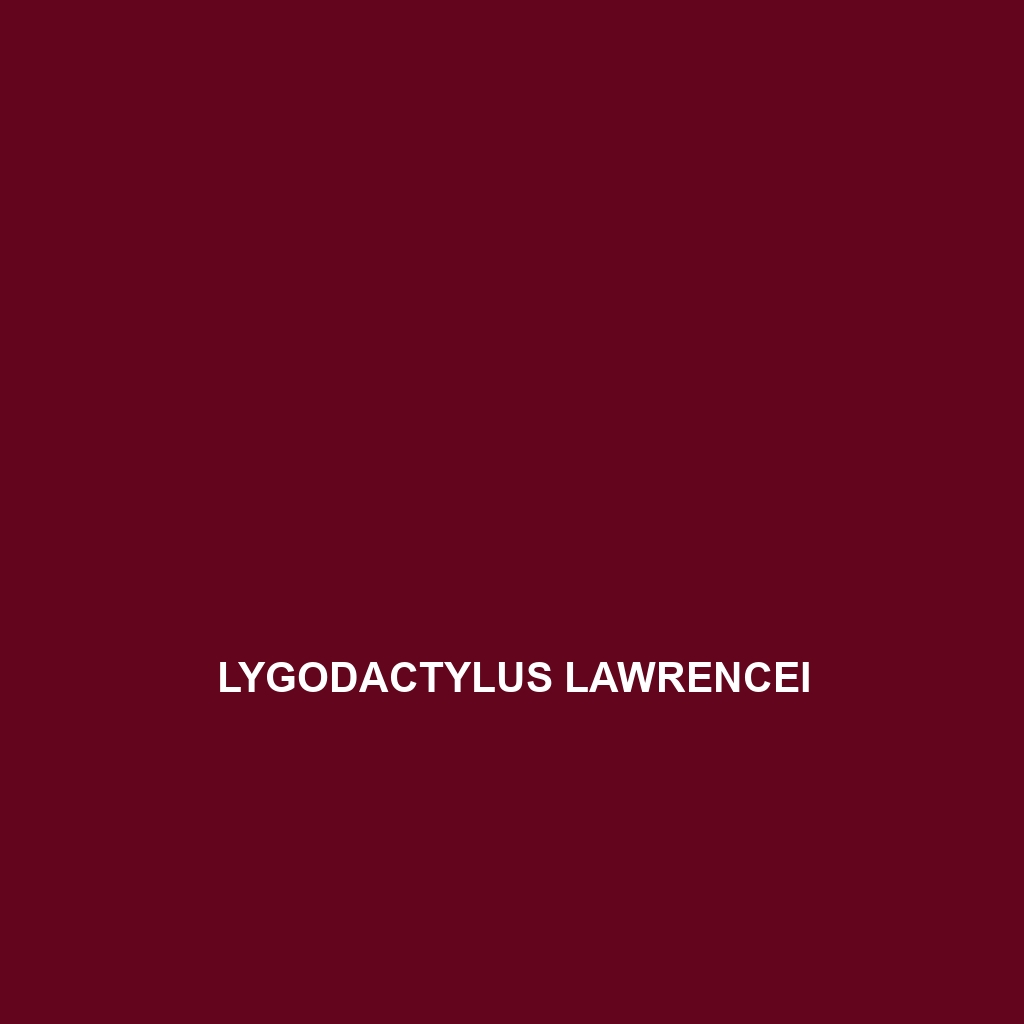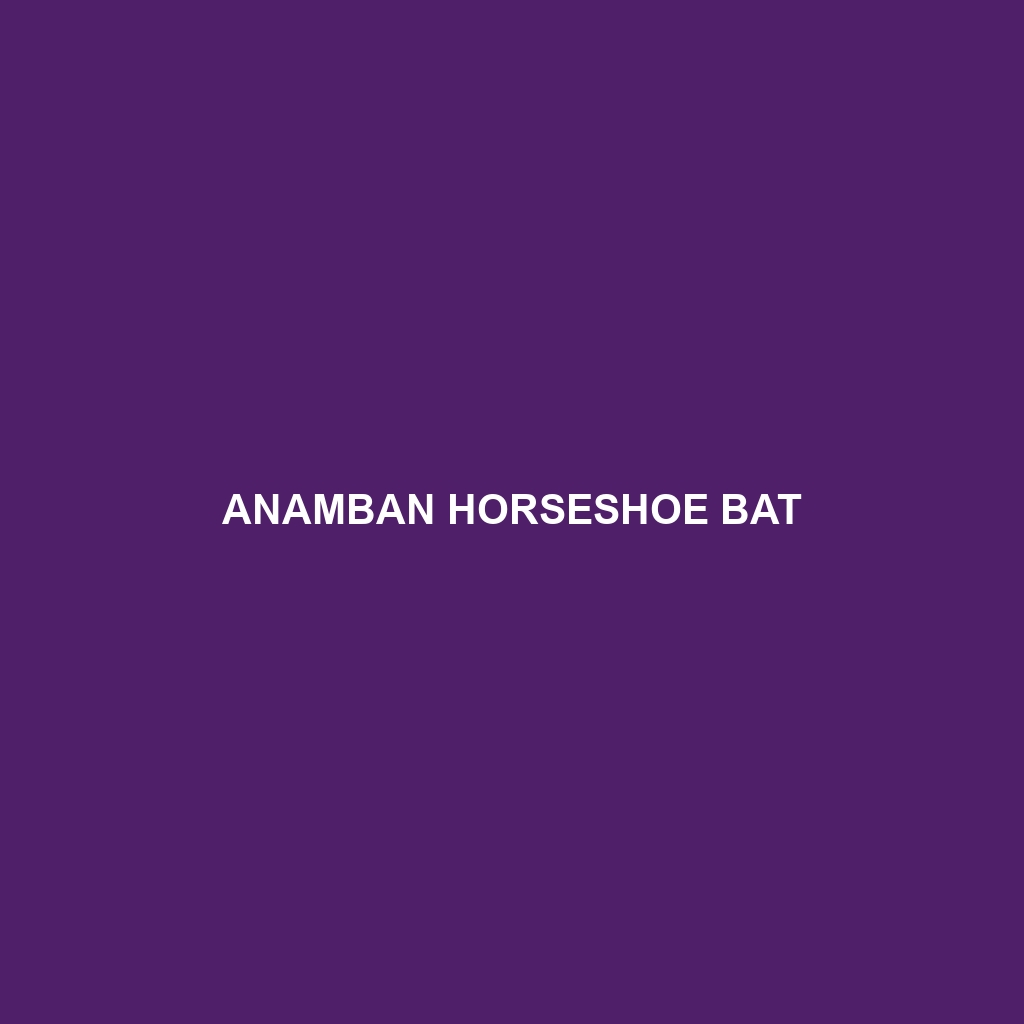<b>Prosymna visseri</b>, commonly known as the Visser's snake, is a medium-sized, nocturnal species native to the humid forests of southeastern Africa. With its striking olive-green and brown coloration, it plays a vital role in its ecosystem by preying on small amphibians and lizards while adapting to various habitats from rainforests to savannas.
Tag: Mozambique wildlife
Prosymna visseri
<b>Prosymna visseri</b>, commonly known as the Visser's snake, is a medium-sized, nocturnal species native to the humid forests of southeastern Africa. With its striking olive-green and brown coloration, it plays a vital role in its ecosystem by preying on small amphibians and lizards while adapting to various habitats from rainforests to savannas.
Platysaurus imperator
<p><b>Platysaurus imperator</b>, commonly known as the Emperor Flat Lizard, is a diurnal lizard native to southern Africa, characterized by its vibrant blue and yellow coloration in males, which attracts mates during breeding season. Thriving in diverse habitats, these omnivores play a vital role in ecosystems by controlling insect populations and providing food for larger predators.</p>
Pelusios broadleyi
<p><b>Pelusios broadleyi</b>, also known as Broadley’s mud turtle, is a medium-sized, omnivorous turtle native to eastern Africa, thriving in freshwater habitats rich in vegetation. With distinctive dark brown to olive-green shells and a nocturnal foraging behavior, these turtles play a vital role in their ecosystem while facing conservation challenges due to habitat loss.</p>
Lygodactylus lawrencei
Discover the vibrant and agile Lygodactylus lawrencei, a small gecko species native to the rainforests of East Africa, measuring 5 to 7 cm in length and known for its striking green, yellow, and brown patterns. Primarily arboreal and insectivorous, this fascinating reptile plays a vital role in maintaining ecological balance by controlling insect populations.
Kinyongia xenorhina
<p><b>Kinyongia xenorhina</b>, a stunning chameleon native to the rainforests of East Africa, thrives in humid, mountainous habitats, showcasing vibrant colors and a distinctive casque. This arboreal insectivore plays a crucial role in ecological balance by controlling insect populations while exhibiting fascinating behaviors and unique reproductive cycles.</p>
Kinyongia oxyrhina
<p>Discover the fascinating <b>Kinyongia oxyrhina</b>, or sharp-nosed chameleon, a striking insectivorous species native to the tropical rainforests of East Africa, known for its elongated snout, vibrant coloration, and exceptional color-changing abilities for communication and camouflage.</p>
Chioninia stangeri
Discover Chioninia stangeri, or Stanger's skink, a captivating species native to the misty montane forests and grasslands of southeastern Africa, particularly Zimbabwe and Mozambique. Measuring 10-15 cm, this agile skink features a streamlined body adorned with shiny scales in brown and yellow, feeding primarily on insects while playing a crucial role in its ecosystem.
Anamban Horseshoe Bat
Explore the fascinating world of the **Namuli Horseshoe Bat** (*[Insert Scientific Name]*), a nocturnal inhabitant of Mozambique's mountainous regions. With its distinctive horseshoe-shaped noseleaf and vital role in controlling insect populations, this medium-sized bat thrives in tropical forests while facing the threats of habitat loss. Discover its behaviors, diet, and the importance of conservation efforts to protect this vulnerable species and the ecosystem they support.
Maclaud’s Horseshoe Bat
Discover the enigmatic Mount Mabu Horseshoe Bat, a vulnerable species native to the humid montane forests of Mozambique. With its distinctive horseshoe-shaped noseleaf and nocturnal foraging habits, this bat plays a crucial role in controlling insect populations while thriving in unique tree hollows and caves. Explore its fascinating behaviors, ecological significance, and conservation challenges in our latest blog post.









